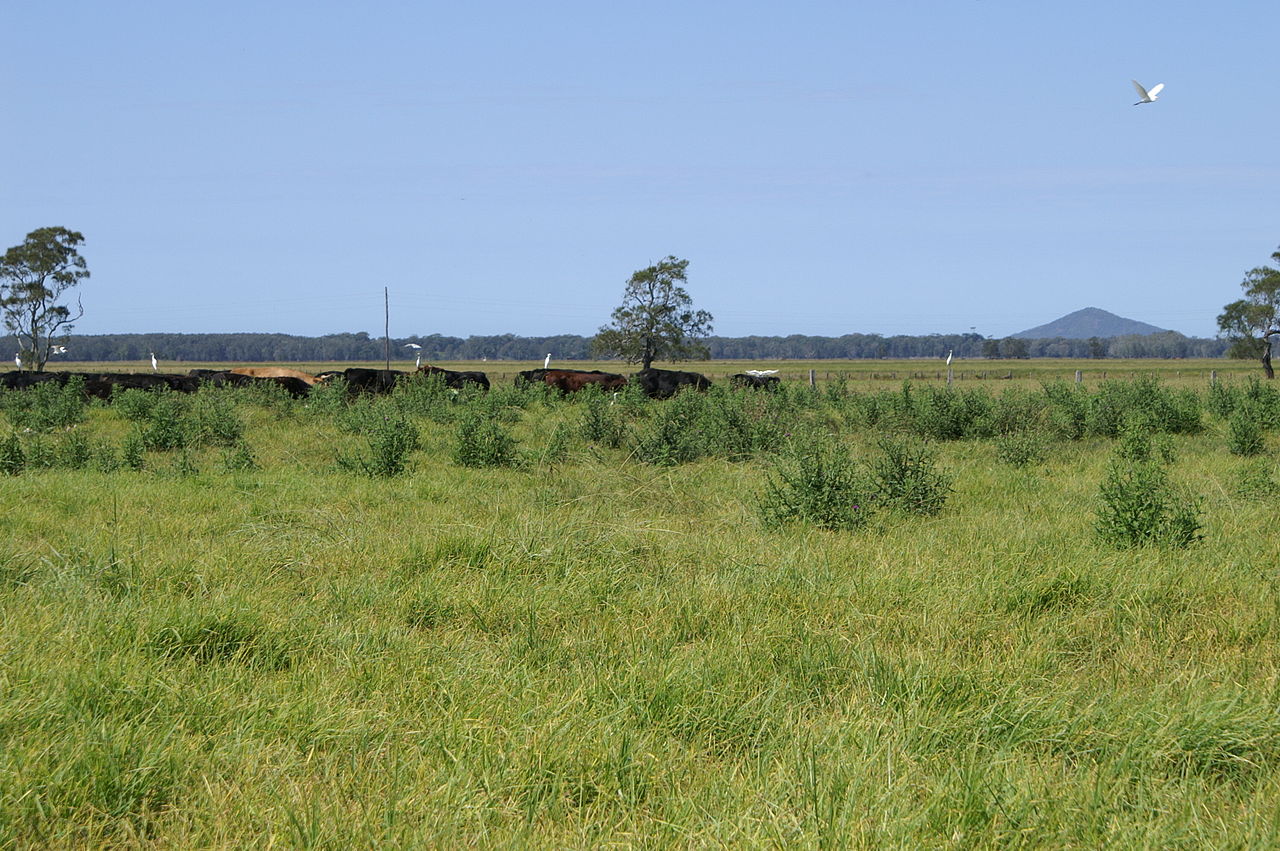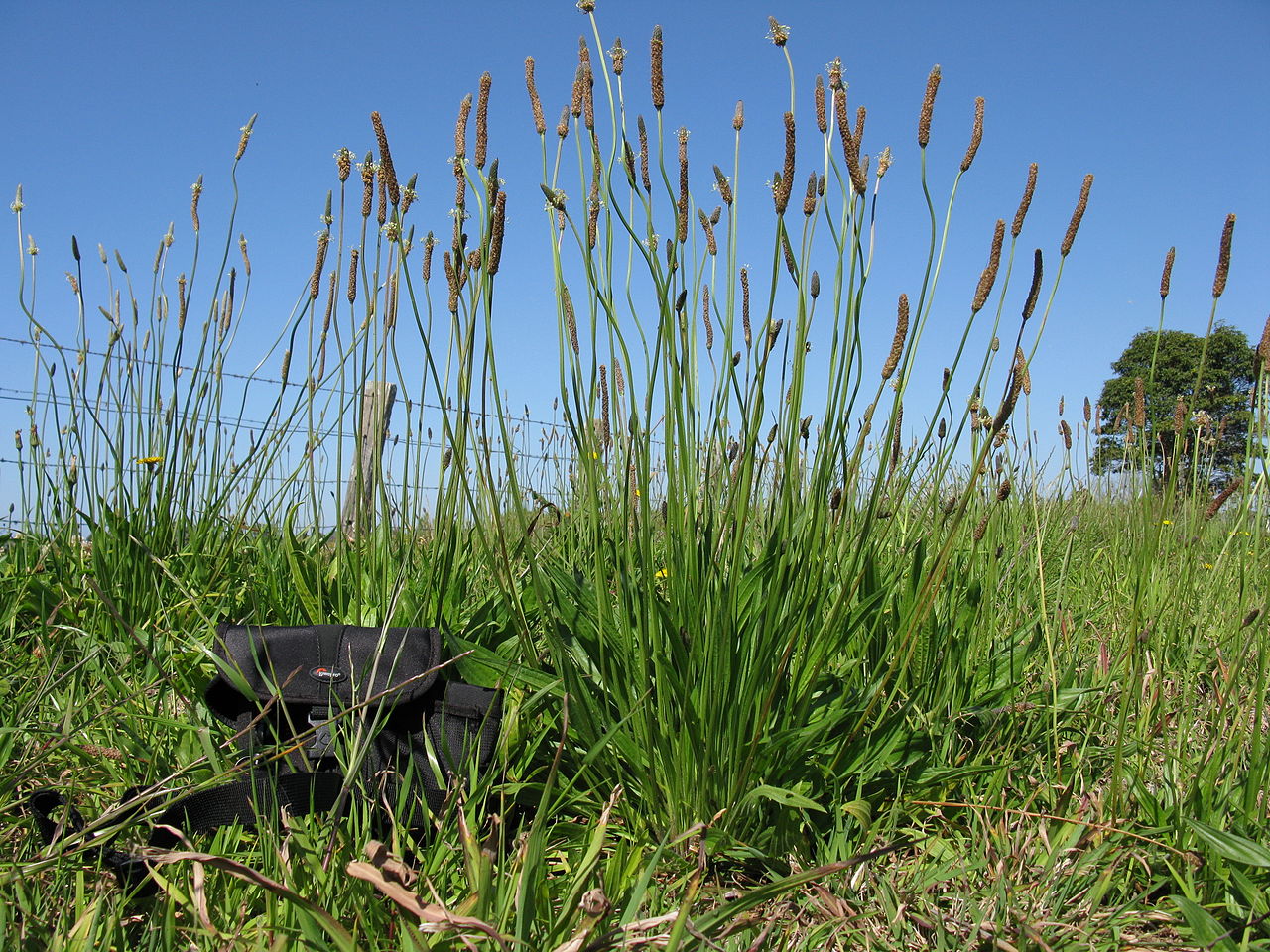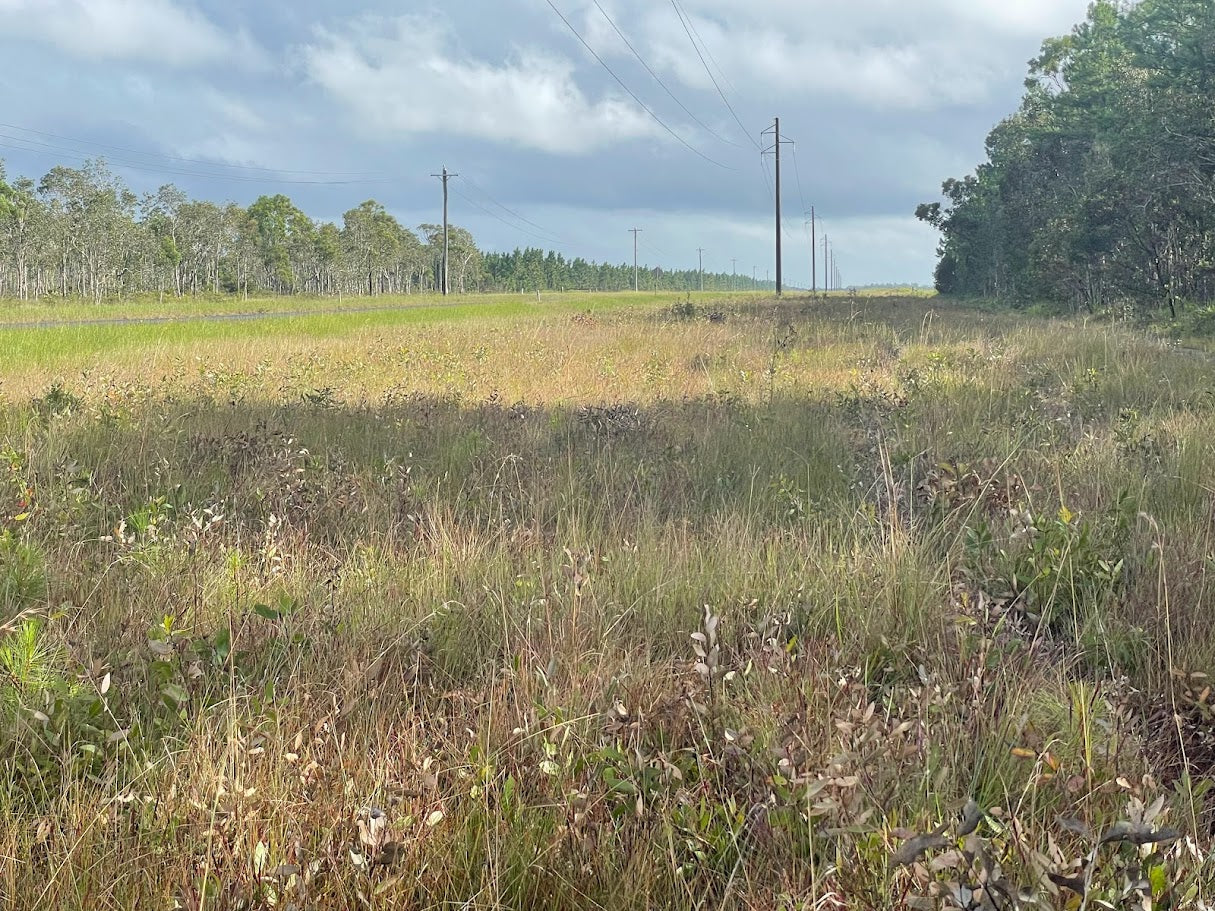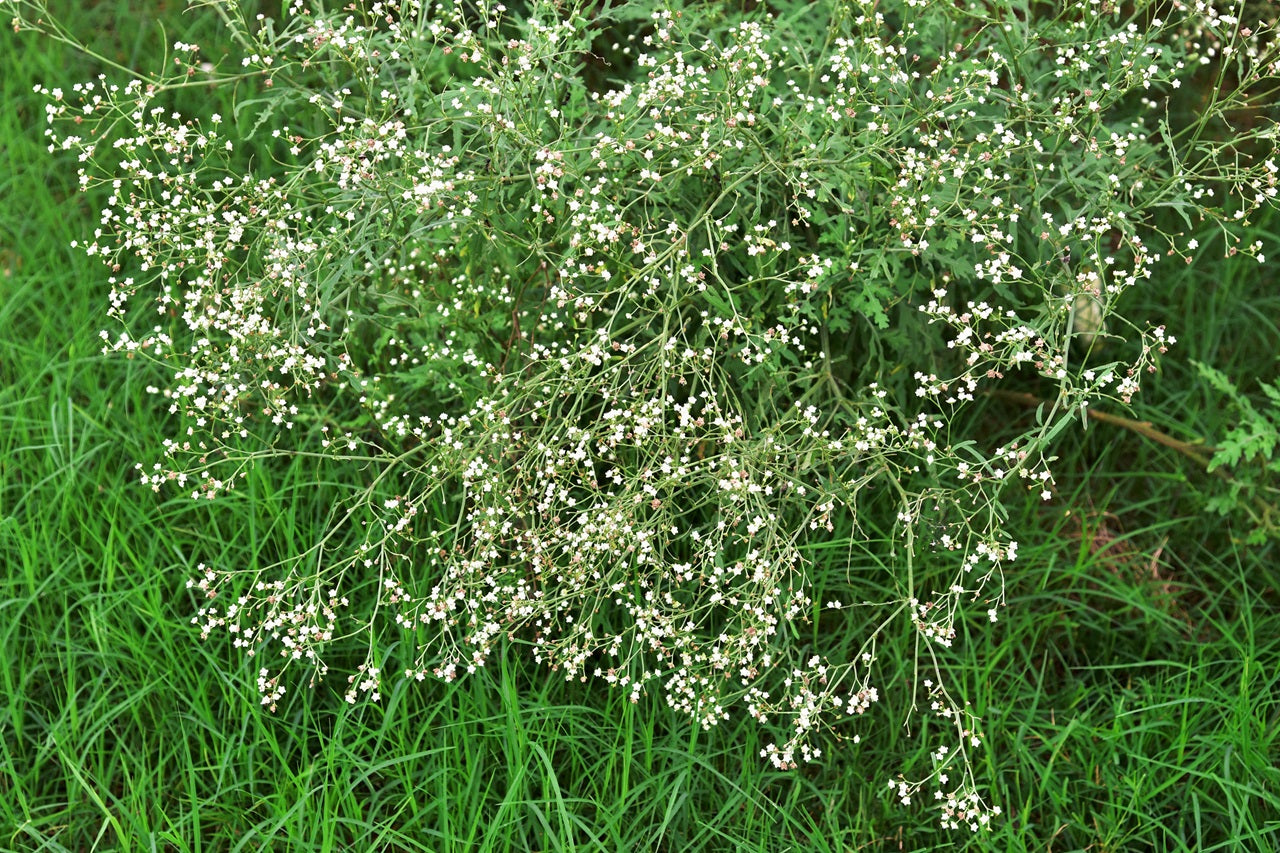
Non-Selective vs. Selective Herbicides: Choosing Weed Control
Non-Selective vs. Selective Herbicides: Making the Right Choice for Weed Control
Weed control is a critical aspect of agriculture, landscaping, and environmental management. Herbicides are commonly used to manage unwanted vegetation, but selecting the right type of herbicide is essential. Two main categories of herbicides are non-selective and selective herbicides, each with distinct properties and applications. Understanding the differences between these herbicides is key to making informed choices for effective weed control.

Non-Selective Herbicides
Non-selective herbicides are designed to kill or damage a wide range of plant species, including both weeds and desirable plants. They are often used in situations where complete vegetation removal is necessary or where a broad range of weed types are being targeted simultaneously, and selective options are not feasible. Here are some key points to consider about non-selective herbicides:
Applications:
-
Total Vegetation Control:
Non-selective herbicides are ideal for scenarios where you need to clear an entire area of vegetation, such as preparing a construction site or eliminating weeds in non-cropped areas.
-
Spot Treatment:
They are also used for spot treatments on individual weeds in areas where careful application is required, such as in gardens or between pavement cracks or within natural or amenity landscape areas where they may be the only ones approved for use
Effectiveness:
-
Broad Spectrum:
Non-selective herbicides are effective against a wide range of plants, including grasses, broadleaf weeds, and woody plants.
-
Fast Action:
They often work quickly, causing rapid wilting and death of treated plants.
Considerations:
-
Environmental Impact:
Non-selective herbicides present a greater risk of off-target damage because of their broad action and Careful application is essential to minimise unintended damage to desirable vegetation.
-
Residual Effects:
Some non-selective herbicides can leave residues in the soil, affecting future plant growth. Whilst it is also true in the case of some selective herbicides, residues of non-selective herbicides present a greater risk of limiting future land use.

Selective Herbicides
Selective herbicides are designed to target specific types of plants while leaving desirable vegetation largely unaffected. They are commonly used in agriculture, horticulture, and landscaping to control weeds without harming crops or ornamental plants. Here are some key points about selective herbicides:
Applications:
-
Crop Protection:
Selective herbicides are crucial in crop production to manage weed competition without damaging the main crop.
-
Lawn Care:
They are used to control weeds in lawns and turf, keeping the grass healthy and weed-free.
-
Grazing and Pasture management:
The use of herbicides specifically formulated for woody weeds to promote optimal pasture conditions.
-
Amenity landscape and Natural area management:
In both gardens and natural settings the use of selective herbicides can be critical to controlling unwanted vegetation in specific settings.
Effectiveness:
-
Targeted Action:
Selective herbicides are formulated to affect particular plant types or families, allowing for precise weed control.
-
Slower Action:
They may work more slowly than non-selective herbicides, requiring time for the selective action to take effect.
Considerations:
-
Specificity:
The effectiveness of selective herbicides depends on proper identification of the target weed and choosing the appropriate herbicide for that weed type.
-
Resistant Weeds:
Overreliance on a single selective herbicide can lead to weed populations developing resistance. Crop rotation and herbicide rotation strategies help combat this issue.

Making the Right Choice
Selecting the right herbicide depends on the specific weed control needs and the environment in which it will be used. Here are some considerations:
-
Identify the Weeds:
Properly identify the weed species you are dealing with to choose the most effective herbicide.
-
Environmental Impact:
Consider the potential impact of the herbicide on non-target plants, wildlife, and water sources.
-
Application Method:
Determine the best application method, whether it's broadcast spraying, spot treatment, or pre-emergent application.
-
Regulations:
Adhere to local regulations and label instructions for herbicide use to ensure safety and legality.
-
Resistant Management:
Implement strategies to prevent weed populations from developing resistance to herbicides, such as rotating herbicides with different modes of action.
In conclusion, non-selective and selective herbicides have distinct purposes and applications in weed control. Choosing the right herbicide depends on factors such as the target weeds, the environment, and the desired outcome. Effective weed management requires a thoughtful and informed approach to select the most appropriate herbicide for the task at hand.
Additional content
VIEW GWS' ADDITIONAL CONTENT TO LEARN MORE ABOUT THE WEED INDUSTRY

Water pH and the Performance of Weak Acid Herbicides
Weak-acid herbicides must remain in their non-ionised (acid) form to move efficiently through the plant cuticle. When spray water is too alkaline, the herbicide molecule becomes ionised.
Read more
Towards Modern Vegetation Management: Solutions for Australia’s Linear Infrastructure
Understanding the Changing Vegetation Challenge Vegetation management across Australia’s linear infrastructure corridors is becoming increasingly complex. Roads, rail corridors, gas pipelines, elec...
Read more
Case Study: Parthenium Weed Hygiene
Introduction: The Necessity of Weed Hygiene Management Australia’s vast expanses and diverse land uses, from grazing pastures and cropping zones to natural bushland and urban corridors are u...
Read more
